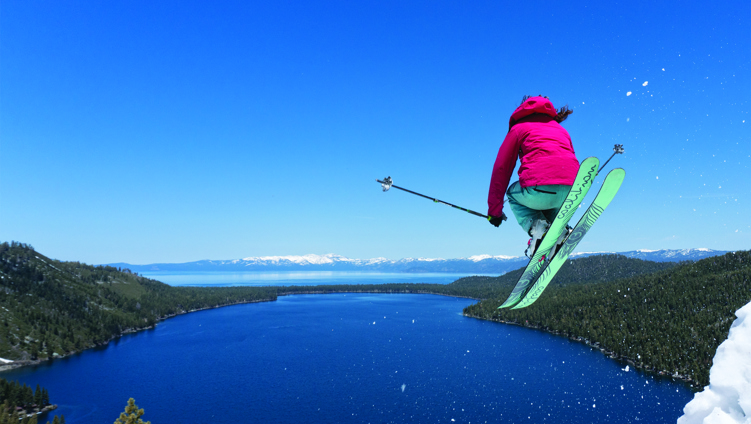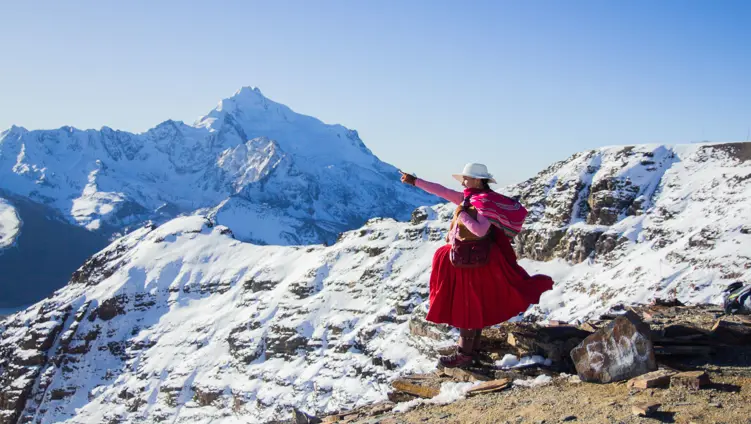Published on 26th May 2021
Seven of the UK’s leading walking, climbing and outdoor leisure organisations including the British Mountaineering Council (BMC) and OIA have clubbed together for a ground-breaking research project examining the demographics of people who go walking and climbing.








